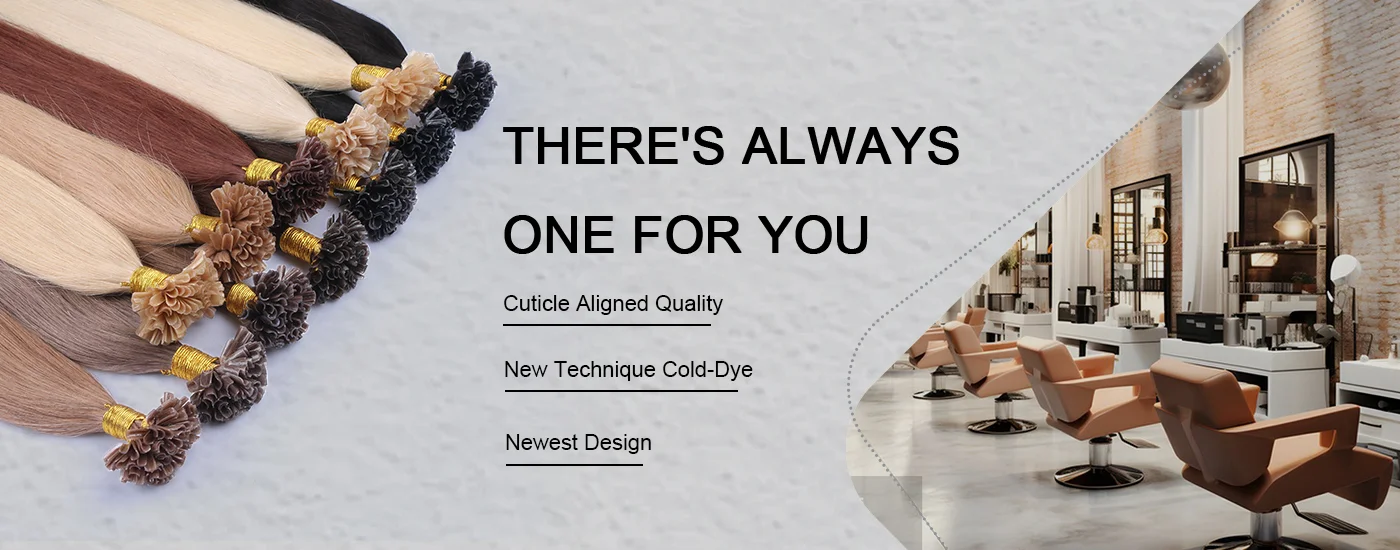
Hair extensions have revolutionized the beauty industry, offering clients the opportunity to transform their look with added length, volume, and versatility. For salon professionals, mastering the art of hair extensions is not only a way to enhance their service offerings but also a means to significantly boost their income. This comprehensive guide aims to equip salon professionals with the knowledge and skills necessary to excel in this field. We will explore the history, types, materials, application techniques, maintenance, business considerations, and the role of Emeda Hair in the hair extension industry.
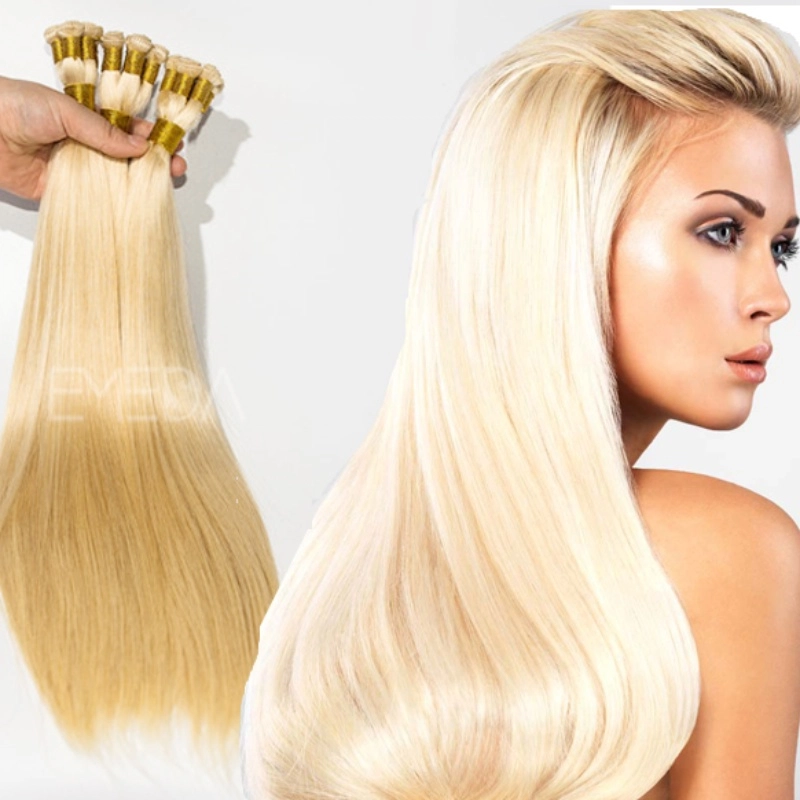
Hair extensions have a rich history dating back to ancient civilizations. The use of wigs and hairpieces was prevalent in ancient Egypt, where both men and women adorned themselves with intricate hairstyles using human and synthetic hair. Over the centuries, the practice spread to other cultures, including the Romans and Greeks, who used hairpieces for ceremonial purposes and to denote social status.
In ancient Egypt, wigs were worn for both aesthetic and practical reasons. They protected the head from the harsh sun and were often elaborately styled and adorned with gold and jewels. Hairpieces made from human hair and plant fibers were common, and both men and women used them to create intricate hairstyles.
During the Roman Empire, wigs and hairpieces were symbols of wealth and status. Roman women, in particular, used hairpieces to achieve elaborate and fashionable hairstyles. These early forms of hair extensions were often made from human hair, as well as wool and other materials.
The modern hair extension industry began to take shape in the 20th century. In the 1960s, hair weaves and wigs became popular in the United States, influenced by celebrities and fashion icons. The 1980s and 1990s saw significant advancements in hair extension technology, with the introduction of new materials and application methods. Today, hair extensions are a mainstream beauty service, thanks to continuous innovations and the growing demand for diverse hairstyling options.
One significant milestone was the introduction of the fusion method in the 1990s. This technique involved attaching individual strands of hair using a bonding agent, usually keratin. This allowed for a more natural look and greater styling flexibility. The development of tape-in extensions in the early 2000s provided a semi-permanent option that was easier to apply and remove.
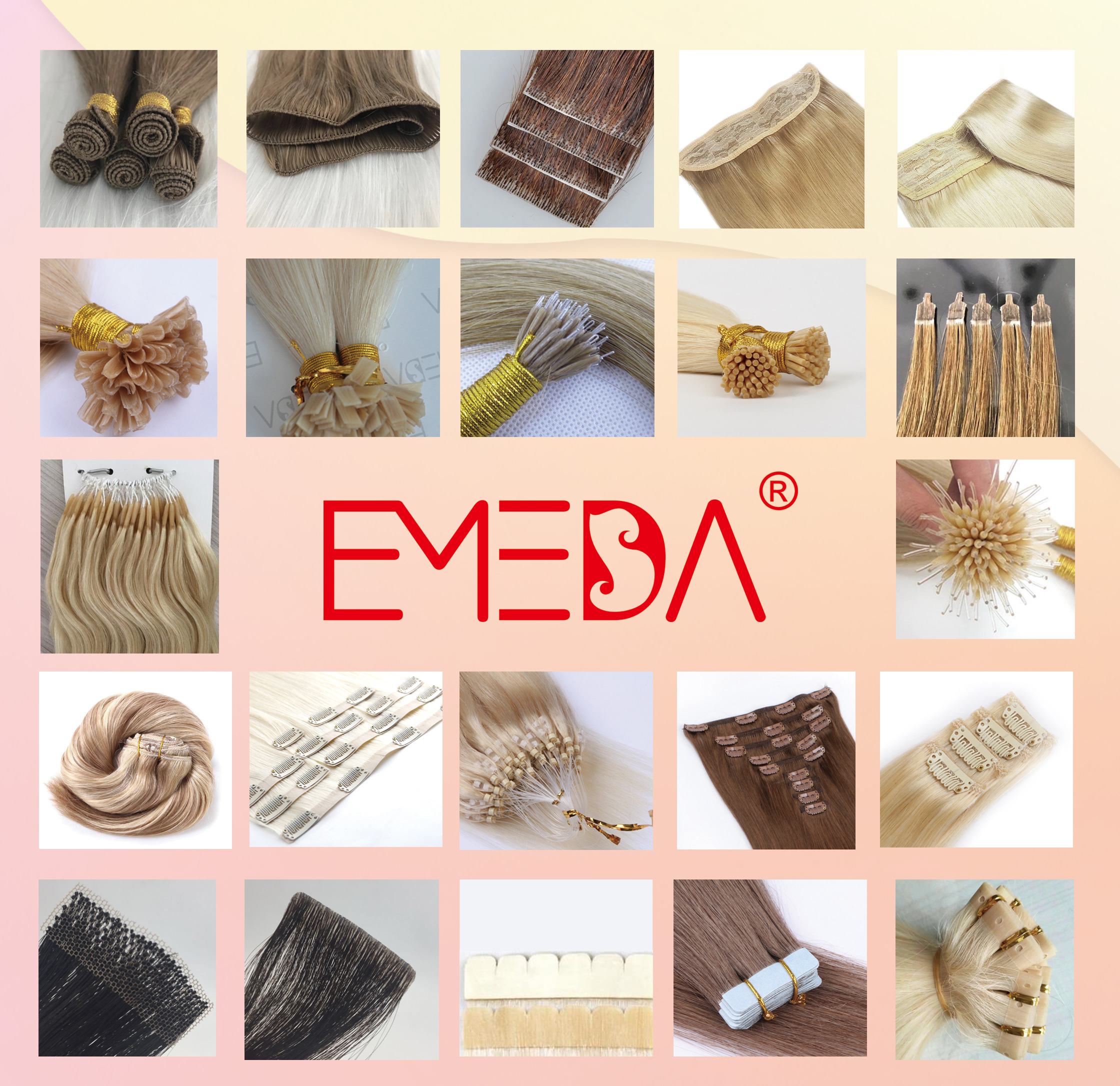
Clip-in hair extensions are one of the most popular and versatile types of extensions. They consist of wefts of hair attached to small clips, which can be easily applied and removed by the client. These extensions are ideal for temporary use and allow clients to change their look for special occasions without committing to long-term wear.
Advantages:
Disadvantages:
Tape-in hair extensions are semi-permanent and involve adhesive strips that attach the extensions to the natural hair. These extensions lie flat against the scalp, providing a natural and seamless look. They are suitable for clients who want a longer-lasting solution but still require maintenance every 6-8 weeks.
Advantages:
Disadvantages:
Sew-in hair extensions, also known as weaves, involve braiding the client’s natural hair and sewing the wefts of extensions onto the braids. This method is popular among clients with thicker hair and is known for its durability and ability to support various hairstyles.
Advantages:
Disadvantages:
Fusion hair extensions use a bonding agent, such as keratin, to attach individual strands of hair extensions to the client’s natural hair. This method offers a natural look and feel but requires a skilled professional for application and removal. Fusion extensions can last several months with proper care.
Advantages:
Disadvantages:
Micro-link extensions, also known as micro-bead or micro-ring extensions, involve attaching small sections of hair extensions to the natural hair using tiny metal rings or beads. This method does not require heat or adhesive, making it a gentler option for the hair. However, it requires regular maintenance to adjust the beads and prevent tangling.
Advantages:
Disadvantages:
Wigs and hairpieces offer a full-coverage solution for clients seeking a complete transformation. They are available in various styles, colors, and lengths and can be made from synthetic or human hair. Wigs are ideal for clients experiencing hair loss or those who want a dramatic change without altering their natural hair.
Advantages (continued):
Disadvantages:
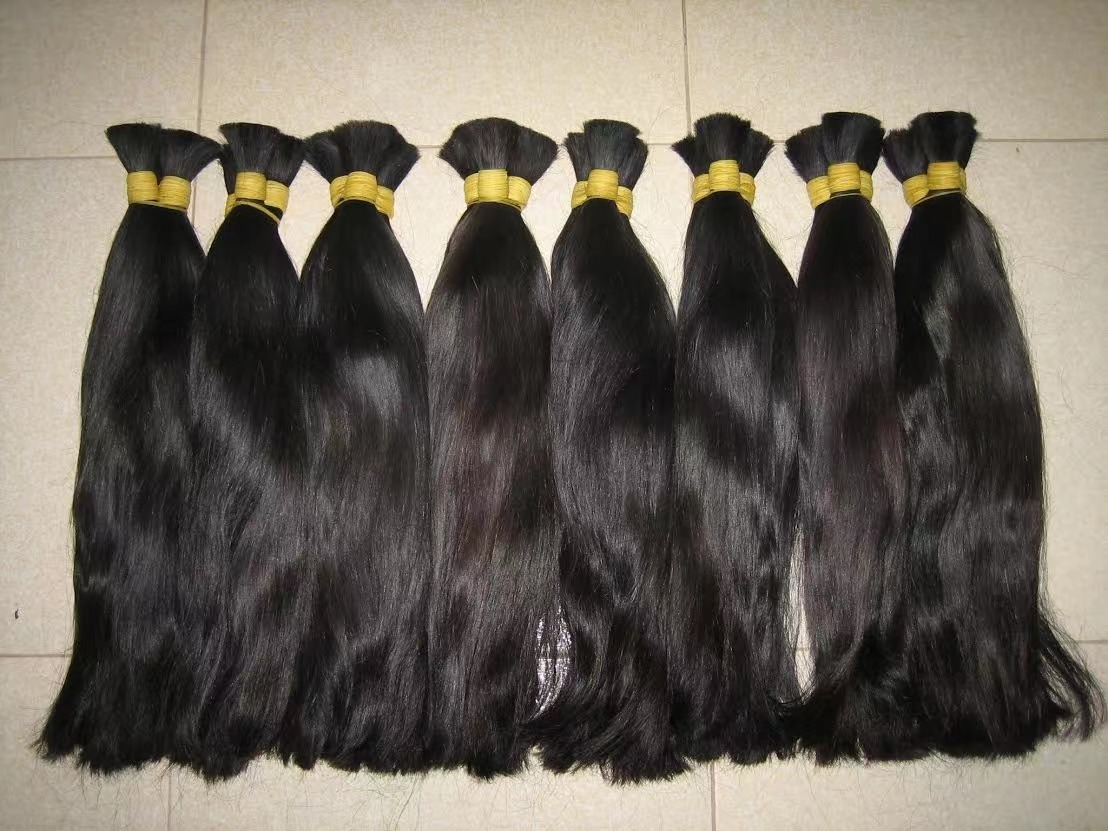
Synthetic hair extensions are made from man-made fibers designed to mimic the appearance and texture of natural hair. They are generally more affordable than human hair extensions and come in a wide range of colors and styles. However, they have limitations in terms of heat styling and longevity.
Advantages:
Disadvantages:
Human hair extensions are considered the gold standard in the industry. They offer the most natural look and feel and can be styled just like natural hair. Human hair extensions come in various grades, with Remy hair being the highest quality due to its intact cuticles and aligned strands.
Advantages:
Disadvantages:
Remy hair extensions are made from human hair with all the cuticles intact and aligned in the same direction. This ensures that the hair remains soft, shiny, and tangle-free. Remy hair is more durable and can be styled and colored like natural hair, making it a preferred choice for high-quality extensions.
Advantages:
Disadvantages:
Non-Remy hair extensions are also made from human hair, but the cuticles are not aligned, which can lead to tangling and matting. This type of hair is often more affordable but requires more maintenance and does not last as long as Remy hair.
Advantages:
Disadvantages:
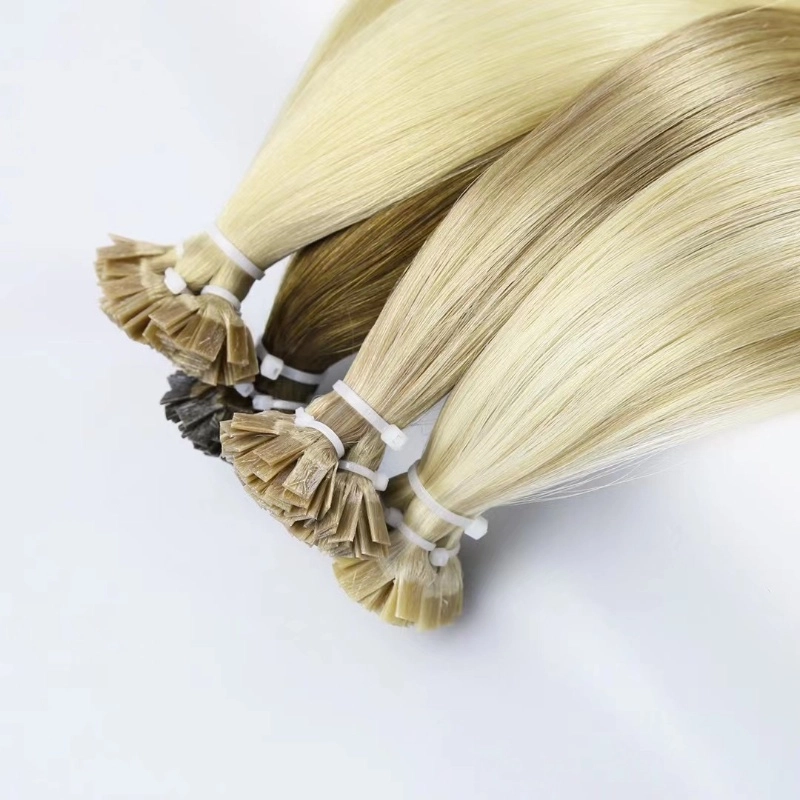
Before recommending hair extensions, it is essential to assess the client’s hair type and condition. Factors such as hair texture, density, and health will influence the choice of extensions. For example, clients with fine hair may benefit from lightweight options like tape-in extensions, while those with thick hair may prefer sew-in extensions for added support.
Key Considerations:
Understanding the client’s needs and lifestyle is crucial in selecting the appropriate hair extensions. Consider factors such as the desired look, maintenance preferences, and any specific concerns or limitations. For example, clients who lead active lifestyles may prefer low-maintenance options like clip-in extensions, while those seeking a more permanent solution may opt for fusion or tape-in extensions.
Key Questions to Ask:
Achieving a seamless and natural look requires careful color matching and blending. Professionals should use color swatches to match the extensions to the client’s natural hair color. Additionally, blending techniques such as layering and trimming can help create a cohesive and natural appearance.
Techniques:

Successful application of hair extensions requires the right tools and materials. These may include:
Clip-in Extensions:
Tape-in Extensions:
Sew-in Extensions:
Fusion Extensions:
Micro-link Extensions:
Proper maintenance is essential to ensure the longevity and appearance of hair extensions. Advise clients on the following:

Educating clients on aftercare is crucial for maintaining the quality and longevity of their extensions. Provide detailed instructions on washing, conditioning, and styling their extensions. Emphasize the importance of gentle handling and using appropriate products to prevent damage.
Key Aftercare Tips:
Common issues with hair extensions include tangling, matting, and shedding. Offer solutions such as:
Troubleshooting Tips:
Recommend high-quality products specifically designed for hair extensions, such as:
Recommended Brands:
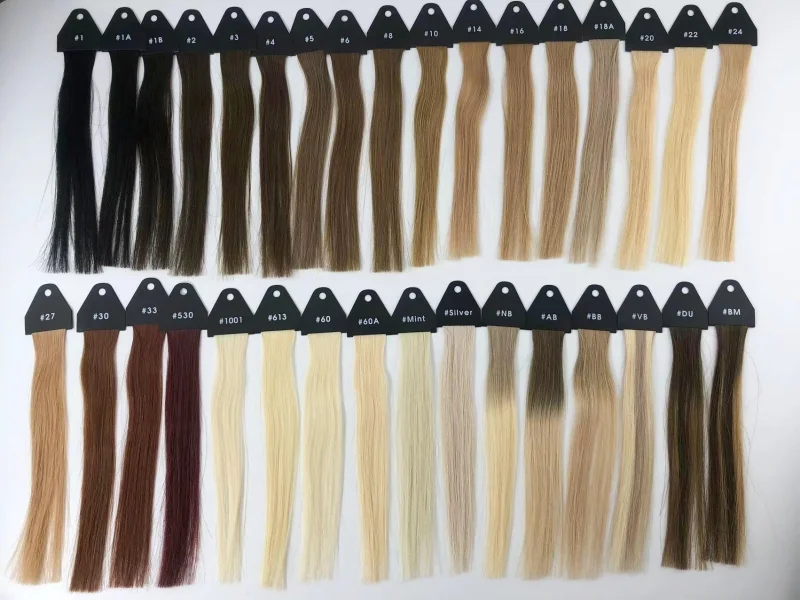
The hair extension industry is constantly evolving, with new trends and styles emerging regularly. Some current trends include:
Technological advancements have significantly improved the quality and application of hair extensions. Innovations such as:
As the beauty industry becomes more environmentally conscious, the demand for sustainable and ethically sourced hair extensions is growing. Salon professionals should consider:

Developing effective pricing strategies is crucial for maximizing profits while providing value to clients. Consider factors such as:
Pricing Models:
Effective marketing can help attract new clients and build a loyal customer base. Strategies may include:
Marketing Tips:
Building a loyal client base requires providing exceptional service and creating a positive client experience. Focus on:
Client Retention Strategies:
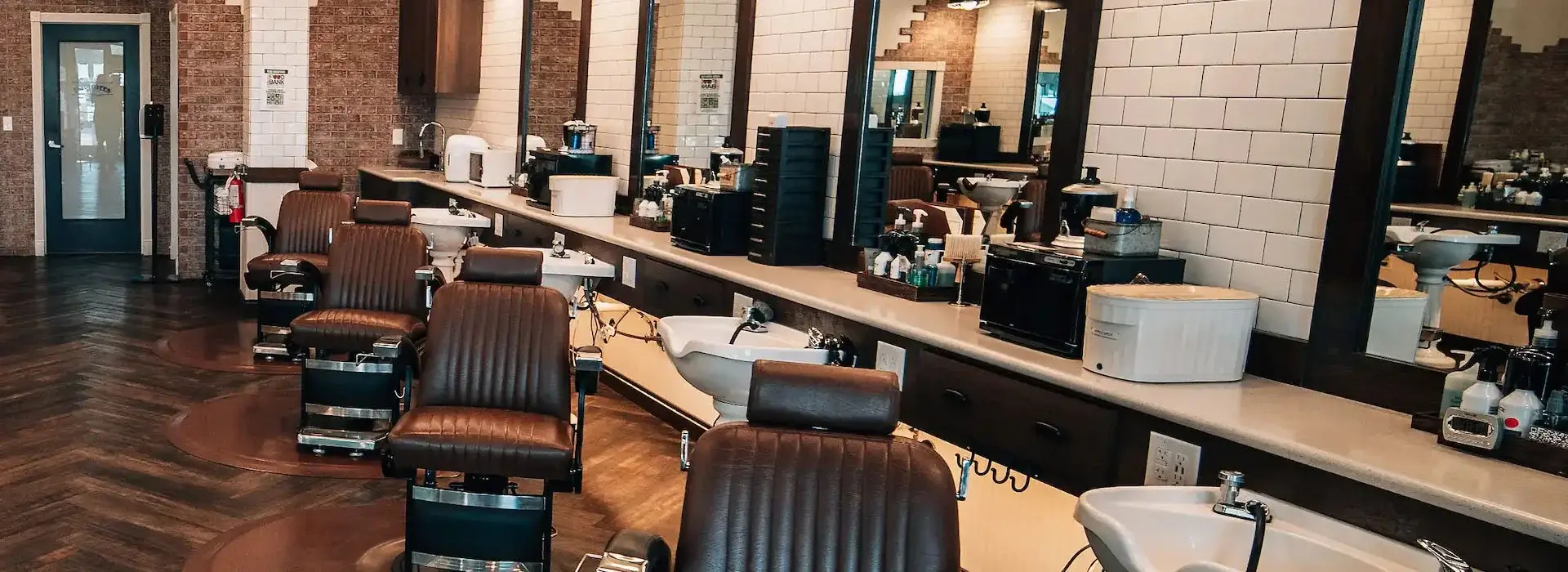
Share success stories from salon professionals who have excelled in the hair extension industry. Highlight their experiences, challenges, and achievements to inspire and motivate others.
Example Case Study:
Sarah, a salon owner in Los Angeles, transformed her business by specializing in hair extensions. She attended advanced training courses and partnered with Emeda Hair for high-quality products. Her dedication to providing exceptional service resulted in a loyal client base and a 50% increase in revenue within a year.
Client testimonials can provide valuable insights into the benefits and impact of hair extensions. Collect and share testimonials from satisfied clients who have experienced the transformative effects of extensions.
Example Testimonial:
“I had always struggled with thin hair and was self-conscious about my appearance. After getting tape-in extensions at my local salon, my confidence soared. The extensions looked so natural, and I received compliments from everyone. I can’t thank my stylist enough for the amazing transformation!” – Emily, Satisfied Client
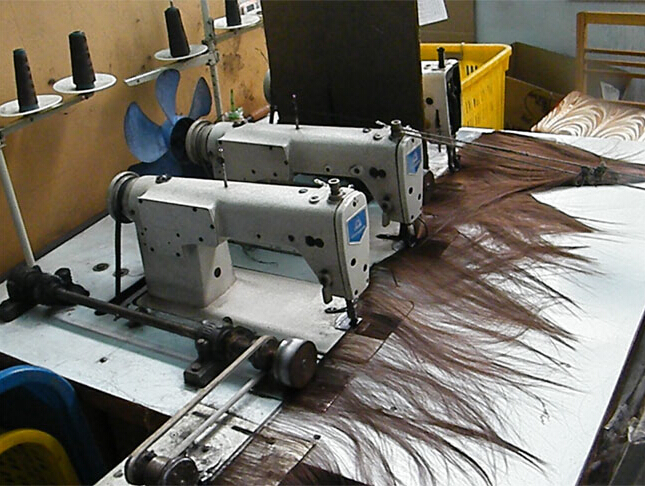
Salon professionals may encounter various challenges when working with hair extensions, such as:
Challenge: Managing Client Expectations
Solution: Conduct thorough consultations to understand client goals and educate them on realistic outcomes. Use visual aids such as photos and videos to demonstrate potential results.
Challenge: Ensuring Proper Color Matching
Solution: Use color swatches and test strands to achieve an exact match. Consider custom coloring extensions if necessary.
Challenge: Handling Complex Application Techniques
Solution: Invest in ongoing education and training to stay updated on the latest techniques and advancements. Practice regularly to build confidence and expertise.
Challenge: Addressing Maintenance and Aftercare Concerns
Solution: Provide detailed aftercare instructions and recommend high-quality products. Schedule regular follow-up appointments to address any issues and ensure client satisfaction.
Offer tips and best practices to overcome these challenges, such as:
Best Practices:
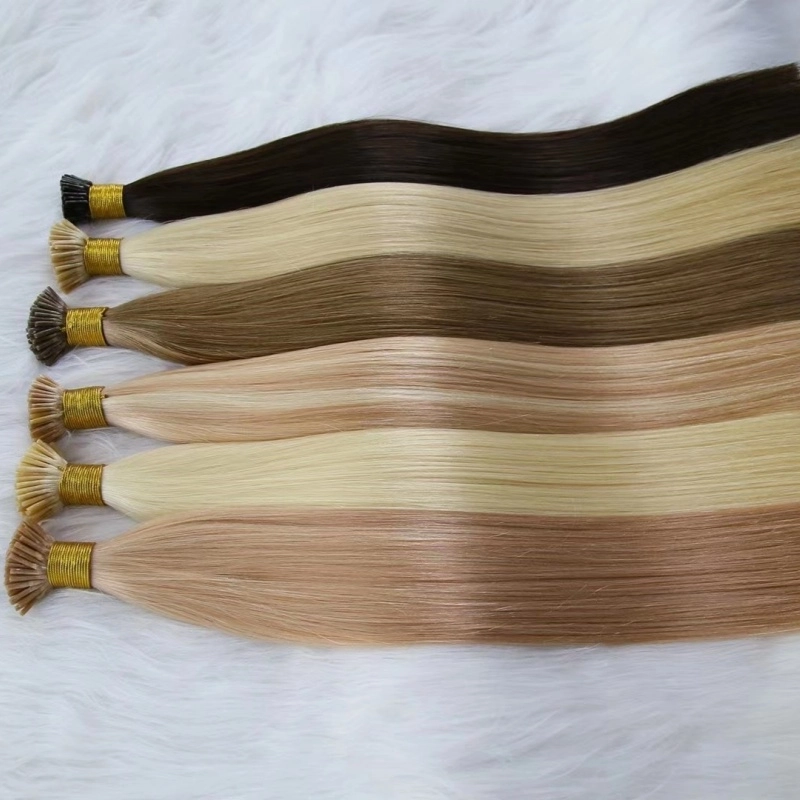
The future of hair extensions is likely to be shaped by technological advancements, evolving consumer preferences, and increased focus on sustainability. Potential developments may include:
Future Trends:

Emeda Hair is a renowned name in the hair extension industry, known for its high-quality products and innovative solutions. With a commitment to excellence, Emeda Hair offers a wide range of extensions made from both human and synthetic hair.
Emeda Hair provides various types of hair extensions, including clip-in, tape-in, sew-in, fusion, and micro-link extensions. Their products are available in different lengths, colors, and textures to cater to diverse client needs.
Popular Products:
Emeda Hair is dedicated to maintaining the highest standards of quality. They use ethically sourced human hair and advanced manufacturing techniques to produce extensions that are durable, natural-looking, and easy to maintain.
Key Features:
Many salon professionals and clients have experienced the benefits of Emeda Hair extensions. Testimonials and success stories highlight the brand’s commitment to quality and customer satisfaction.
Example Testimonial:
“As a salon owner, I have tried various hair extension brands, but Emeda Hair stands out for its superior quality and consistency. My clients love the natural look and feel of the extensions, and I appreciate the excellent customer service and support.” – Jessica, Salon Owner
Emeda Hair has significantly contributed to the hair extension industry by setting benchmarks for quality, innovation, and ethical practices. Their products and services have empowered salon professionals to deliver exceptional results to their clients.
Industry Contributions:
Hair extensions have become an integral part of the beauty industry, offering endless possibilities for clients to enhance their look. For salon professionals, mastering the art of hair extensions requires knowledge, skill, and dedication. By understanding the different types of extensions, materials, application techniques, and maintenance practices, professionals can provide exceptional service and build a loyal client base. Brands like Emeda Hair play a crucial role in this industry, offering high-quality products that meet the needs of both professionals and clients. As the industry continues to evolve, staying updated on trends and innovations will ensure continued success and growth.
Hair extensions are more than just a beauty accessory; they are a powerful tool for transformation and self-expression. For salon professionals, they offer an opportunity to expand their services, attract new clients, and boost their income. By embracing the latest trends, techniques, and products, salon professionals can stay ahead of the curve and provide their clients with the best possible experience. Whether you’re a seasoned stylist or just starting in the industry, the world of hair extensions is full of exciting possibilities and endless potential.
Feel Free to contact us for future information or quotation,
Contact: Queena Wang
Tel/whatsapp: +86 18562611506
Email: sales06@emedahair.com

New customization and stock clearance
WhatsApp us